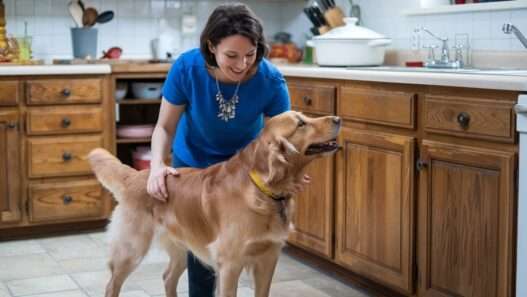A dog attacking a sleeping baby is a serious and concerning situation. There are several potential reasons for such behavior, and it’s important to address each possibility to ensure safety:
1. Resource Guarding: The dog might feel threatened or possessive about its resources, such as food, toys, or even space, and could react aggressively if it perceives the baby as a threat to these resources.
2. Fear or Anxiety: The dog may be fearful or anxious, and if it feels cornered or threatened, it might react aggressively. Babies can sometimes make sudden movements or noises that startle a dog.
3. Pain or Illness: If a dog is in pain or feeling unwell, it might become more irritable or aggressive. A sleeping baby’s presence might provoke a defensive reaction if the dog is already distressed.
4. Lack of Socialization: Dogs that have not been properly socialized with children may not understand how to interact with them appropriately and might react unpredictably.
5. Jealousy: Dogs can become jealous of attention given to a new baby. If the dog feels neglected or displaced, it might act out inappropriately.
6. Protective Instincts: In some cases, a dog’s protective instincts might be misdirected, leading it to react aggressively to perceived threats.
7. Training and Behavior Issues: Lack of proper training or behavioral issues can lead to aggressive reactions. Some dogs may not have been taught appropriate boundaries and interactions with humans, including babies.
8. Miscommunication: Dogs may misinterpret a baby’s movements or sounds as threatening or challenging. Babies can make sudden, jerky movements or loud noises that might be confusing to a dog.
In any case, it’s crucial to ensure the safety of both the baby and the dog. If such an incident occurs, it’s essential to:
Seek Immediate Veterinary and Behavioral Help:
Consult a veterinarian to rule out health issues and a professional dog behaviorist to address aggression and behavioral problems.
– Reevaluate Supervision: Ensure that the dog and baby are always supervised when together.
– Establish Boundaries and Training: Work on training and behavior modification to help the dog learn appropriate interactions with children.
Addressing these issues promptly and effectively is key to preventing future incidents and ensuring the safety and well-being of both the dog and the baby.


























